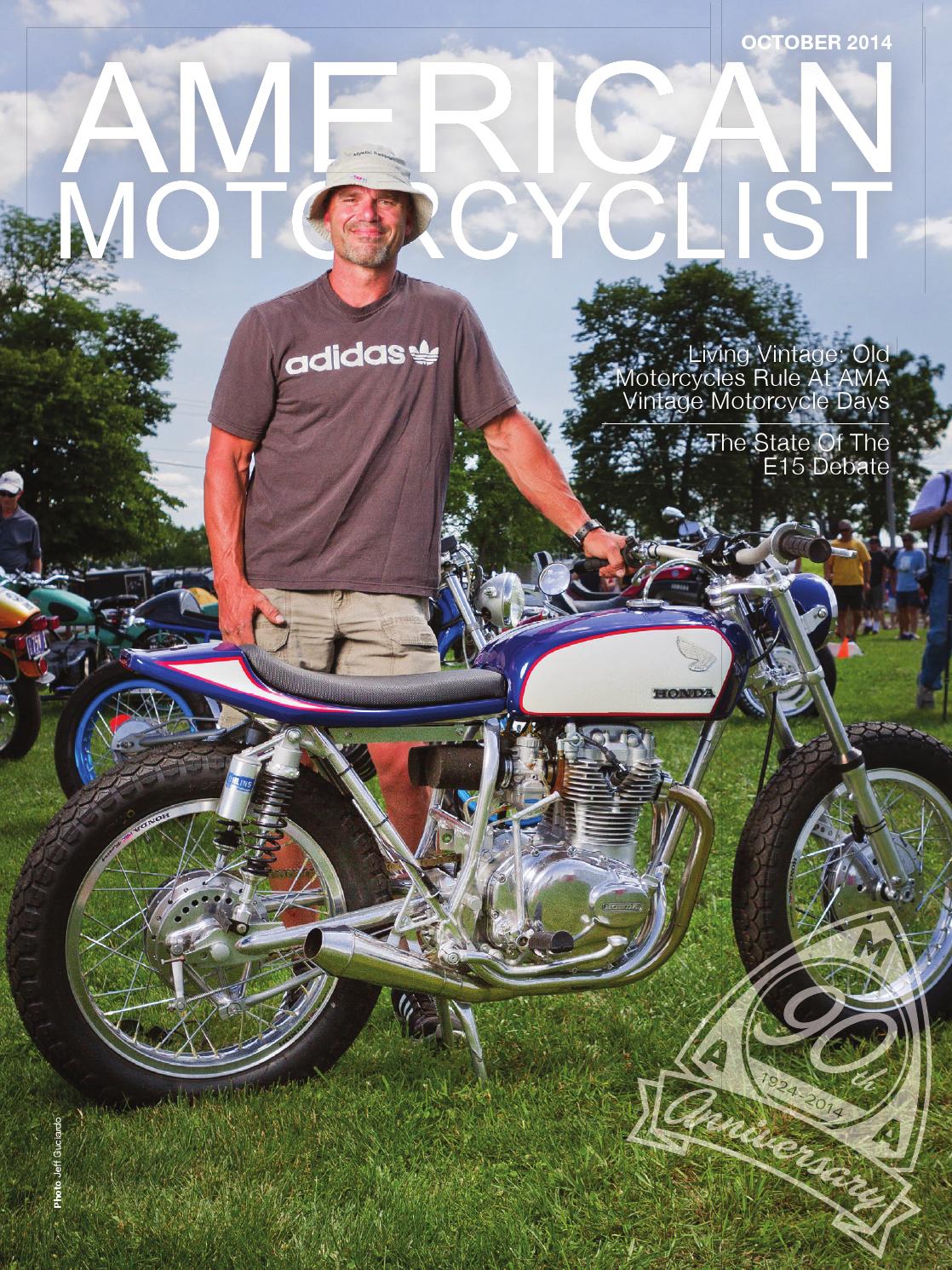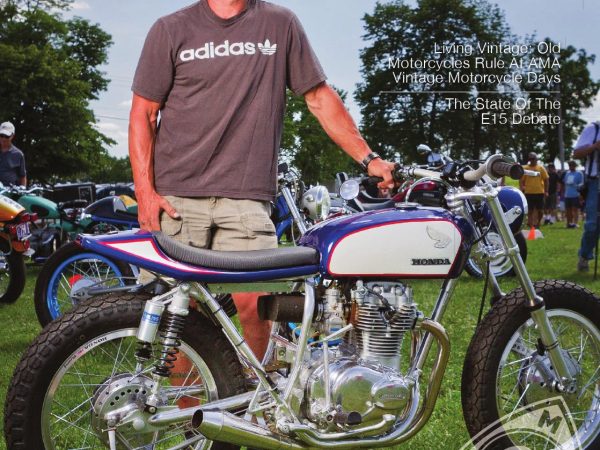Classic motorcycle restoration process – bikerbuys.com
Table of Contents
- 1. Where to buy a classic motorcycle to restore?
- 2. Classic motorcycle roles do we have it all?
- 3. Information about the bike: manual books and magazines.
- 4. First exam: how is the engine?
- 5. Disassembly and sorting of all parts
- 6. Mechanics and electricity: trust professionals
- 7. An artisan process that requires patience
- 8. Specialty tires – the finishing touch
- 9. Assemble the parts and restored bike
- 10. Documentation and insurance: everything in order
Do you have a very old classic motorcycle or are you thinking of buying one to restore it? If so,
Give you some classic motorcycle restoration process tips that will help you make it like new. Take note.
Without a doubt, the restoration process of classic motorcycles is a unique experience. In some cases, it is done by the owners of the vehicle. And in others, the latter entrust this process to experts in the field. A wise decision if you do not have the knowledge, tools and adequate space for this purpose.
If you are thinking of restoring a classic motorcycle we offer you some tips that can help you to leave that old and dusty motorcycle as new. Take note of these 10 steps and good restoration.

1. Where to buy a classic motorcycle to restore?
Obviously, the classic motorcycle restoration process begins with the purchase of the vehicle. Sometimes the classic motorcycle is owned by the family or an acquaintance and is found abandoned to its fate in a garage or the courtyard of a town house. If so, you will not need to search the market. In addition, perhaps there is luck and vehicle documentation is preserved.
But if we do not have a classic motorcycle to restore and we are forced to acquire it, we have several ways to do so:
Classic vehicle salons and markets: They represent the most traditional option and facilitate contact with sales and owners.
Websites and Internet forums: On the Net there is exclusive pages and advertisements where you can buy a classic motorcycle. And also virtual meeting points where classic vehicles are put on sale and it is possible to interact with other fans.
Auctions another interesting option: On platforms such as antique markets and you can bid on classic motorcycles.
Our advice is to take it easy. And that in the process of acquiring a classic motorcycle you have the advice of a trusted mechanic. Especially if, once purchased, you will be in charge of restoring the vehicle. By the way, try to acquire a complete motorcycle.
2. Classic motorcycle roles do we have it all?
As we mentioned before, in the restoration of classic motorcycle, if we do not have the documentation or we are missing some paper, before restoring a motorcycle that is not ours, it is convenient to know its legal situation. Is it repossessed? How does it appear in Traffic: temporarily or permanently registered or terminated?
At this point, our recommendation is that you put yourself in the hands of a specialized agency. Once you provide the registration number or frame of the classic motorcycle, its professionals will be in
Hare of requesting a report of the vehicle from the General Directorate of Traffic. And they will advise you on the steps to be taken so that the motorcycle can legally circulate
3. Information about the bike: manual books and magazines.
A very important detail when restoring a classic motorcycle is the information available on the model in question. The user manual or instructions will be useful to us. Likewise, books on certain classic vehicles are sold on the market that includes detailed information on their history and mechanical data or accessories of interest.
If you want the classic motorcycle that you want to restore to recover the splendor of yesteryear, ask in specialized bookstores, motorcycle clubs or forums. Having an original manual, books or magazines will be of great help to make it look like the first day.
4. First exam: how is the engine?
In the restoration of classic motorcycles it is very important to have an economic budget. And to get an idea of how much we will have to invest, the first thing we must do is take an interest in the health of the heart of the vehicle. How is the motor found? Starts? Or is it stuck or seized?
If the engine won’t start, what does your trusted mechanic say? Will parts machining and grinding operations be necessary? Are you interested in repairing it or is it better to buy a similar one on the second-hand market?
5. Disassembly and sorting of all parts
Depending on the condition of the engine, you can get a first idea of what budget you will need to restore your classic motorcycle. Economic items that will increase as the rest of the parts of the motorcycle are reviewed. After examining the thruster, do the following:
. Photograph all the pieces. Take general plans and details. The photos may be useful when you rebuild the vehicle or to check its condition with the mechanic or a specialist in restoration of classic motorcycles.
. Once you disassemble all the pieces, it is advisable to classify and label them.
. When you have a detailed list of them, specify which ones are reusable and which parts you will have to buy.
In this way, your restoration project will begin to take shape. And you will begin to be clearer about how much money will need to be invested in it. Do not be discouraged.
6. Mechanics and electricity: trust professionals
As you will see, from the beginning of this post we have been insisting on the need to have a reliable mechanic. Your work is essential to restore a classic motorcycle in part or in its entirety. Specially in relation to mechanics and electricity.
If you want your classic motorcycle to be safe, an expert will be in charge of evaluating elements of active safety such as brakes and suspensions. Similarly, it will be time to check the clutch, gearbox and transmission. And already put all the electrical installation and check that the optical groups, the instrumentation and the controls work correctly. Do you dare by yourself?
7. An artisan process that requires patience
In restoring classic motorcycles, you also have to take into account everything related to the chassis, the fuel tank, the fenders or the wheels. If any of these components do not need to be replaced with restored ones, be prepared to sand, sandblast, or mold before painting.
And, of course, you will have to pay attention to details such as the seat upholstery or the chrome. As you will see, we are talking about a craft process that requires time. Don’t be in a hurry: it is often said that patience is the best virtue. Courage, there is less to come!
8. Specialty tires – the finishing touch
Since we have referred to the rims, fit them on specific tires! Many blog you will find an interesting article about tires for classic vehicles. The offer is wide and it will be easy for you to find the tires that best suit your classic motorcycle.
9. Assemble the parts and restored bike
You already have all the pieces restored. Good work, but now comes one of the most critical stages of the process mounting them in place and making them all fit together perfectly. If you have any doubts, rescue the photographs you took of the motorcycle before disassembling it.
And once completed and restored, are you nervous? Do you want to start it and listen to the sound emanating from its leaks? If the restoration process has been successful, it will sound like heavenly music. You can be proud you have recovered a true jewel of the engine.
10. Documentation and insurance: everything in order
But remember, to be able to enjoy a restored classic motorcycle, you must have the papers in order. As we indicated in the second step, a specialized agency will take care of everything. And due to the characteristics and age of the motorcycle, it will tell you if it should be registered as a historical motorcycle.
Finally, you can insure your classic or historic motorcycle. You can choose between several modalities and extend the policy with the simple as that.


